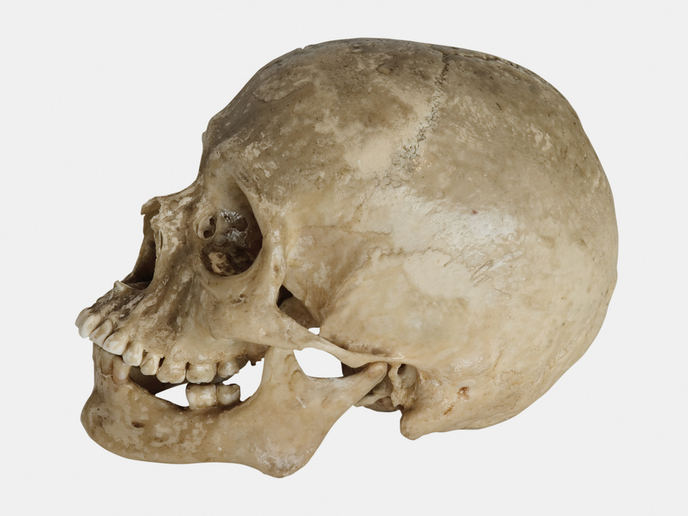Cold case closed? Scientists solve 33 000-year–old murder
Human evolution in Europe is a hotly debated topic, sometimes leading to unexpected findings. In fact, there are several unresolved research issues in European palaeoanthropology. These involve the timing, number and origin of early human dispersals into the continent, as well as the interactions between the earliest modern humans and Neanderthals. Partially supported by three EU-funded projects, a team of researchers have examined fractures on a fossilised skull from Romania referred to as Cioclovina calvaria that dates back to the Upper Palaeolithic period. The study has shown that violence was part of these ancient humans’ lives. The findings were published in the ‘PLOS ONE’ journal. “Here we reassess the skeletal trauma of the Cioclovina calvaria by means of visual inspection, Computed Tomography (CT) and experimental trauma analysis, followed by a forensic interpretation of the findings. The results of our study strongly suggest that the Cioclovina fractures represent indisputable hard evidence of fatal interpersonal violence among early Upper Paleolithic modern humans of Europe.” Cold case solved Thought to be one of the earliest well-preserved fossils of a modern human in Europe, the skull was discovered by miners in a cave in south Transylvania in 1941. It has been studied extensively by scientists since then. The exact cause and timing of a large fracture on the right side of the cranium has been disputed for a long time with researchers split over whether it happened before or after death. According to the study, the early modern European suffered a violent death caused intentionally by another human. The researchers found that there were two injuries at or near the time of death: a linear fracture at the base of the skull and a depressed fracture on the right side of the cranial vault. The latter was inflicted in a face-to-face confrontation, with the perpetrator striking the victim with a bat-like object held either in the left hand or with both hands. The injuries didn’t heal, suggesting the blows were fatal. The authors add: “The Upper Paleolithic period is noted for intensified technological innovation, increased symbolic behavior, and cultural complexity. We show that the behavioural repertoire of the earliest modern Europeans also comprised violent inter-personal interactions and murder.” The ongoing CROSSROADS (Human Evolution at the Crossroads) project, which supported the study together with PAGE and EVAN, aims to test hypotheses about human evolution in Eurasia. Building on the PAGE (Paleoanthropology at the Gates of Europe: Human Evolution in the Southern Balkans) project, CROSSROADS focuses on the early part of the Palaeolithic period and raises several questions. According to CORDIS, some of these are: “Can human presence in South-East Europe, considered a major dispersal route into the continent from Africa and the Near East, be documented beyond the current known chronology of ca. 500 ka BP, as shown in the West? Is there a gap between the earliest human arrival and subsequent human activity in the region, or was human habitation continuous, as would be expected in a refugium? ... How did behavioral / biological change correlate with environmental changes, chronology and landscape use?” The EVAN (European virtual Anthropology Network) project, which ended in 2009, focused on the integration of analysis methods from biomathematics, computer science and bioengineering to support interdisciplinary studies of anatomical variability in humans, their ancestors and close relatives. For more information, please see: CROSSROADS project PAGE project EVAN project
Countries
Germany



